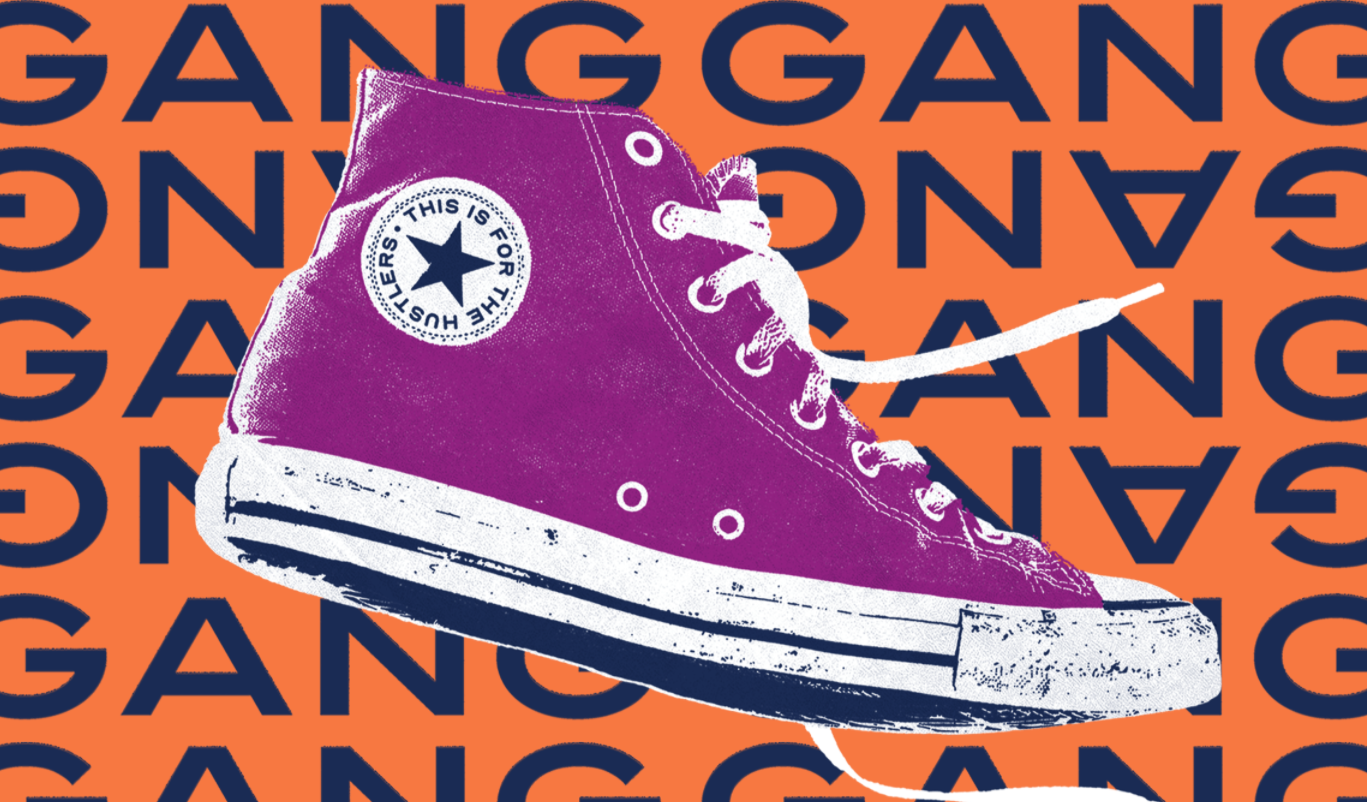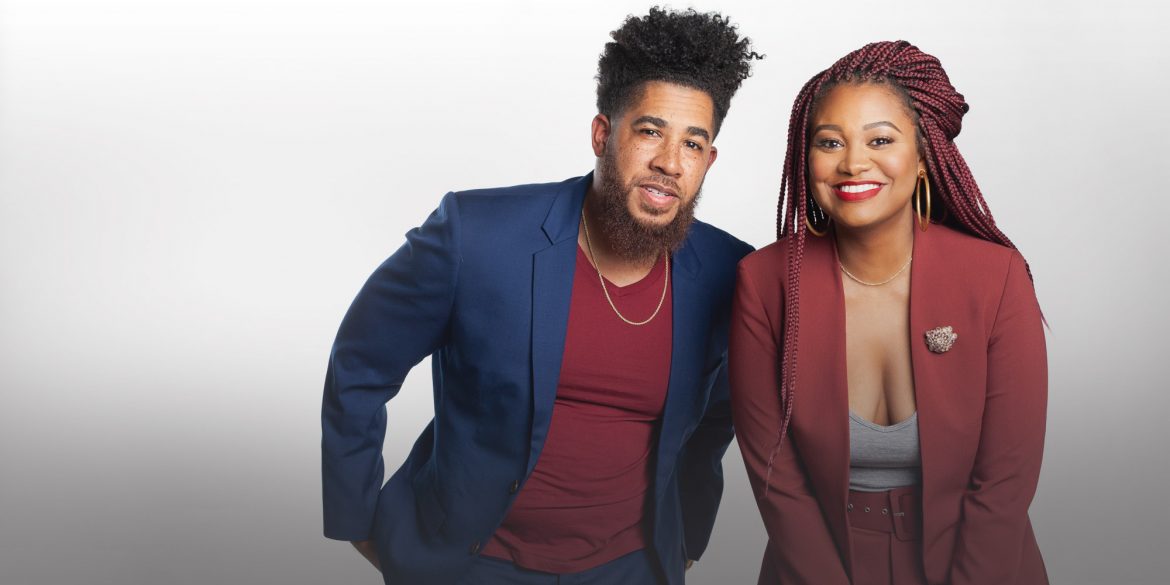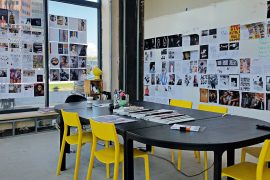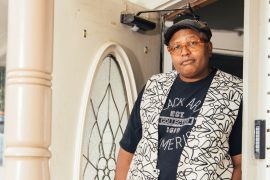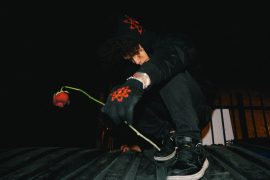Hello! We’re so excited to announce that today we are launching PATTERN magazine DIGITAL COVERS! What that means is that every month we will pick a story that we think deserves extra special attention and give it the PATTERN cover treatment! Our first cover features the co-founders of a new organization that plans on changing the cultural landscape of Indianapolis, enhancing the City’s narrative and brand. And it’s about time! Read on to learn more about GANGGANG!
Real-life partners and GANGGANG co-founders, Malina Simone and Alan Bacon have had a busy year…which is really nothing new for the dynamic duo. Both Simone and Bacon are life-long Indy residents who met in 2014 when they were approached by the IndyChamber to launch Advance317, a networking group created to identify, and encourage young professional leaders to be actively engaged in the economic development of Indianapolis. The specific focus of the group was on the Creative Economy, which basically means economic impact (wages! taxes!) that culture, art, music, design and other modes of creative expression have on any given city. While they moved on from Advance317, the conversation around the importance of and the dire need for the advancement of creatives, especially black and brown creatives in Indianapolis has remained important to them. Meantime, the events of 2020 made the need to address the challenges creatives face more urgent and so it’s no surprise that these two individuals who have had their fingers on the cultural and creative pulse of this city for years, have stepped up to take up the cause of supporting the culture in the name of elevating our city’s brand in an inclusive and equitable way.
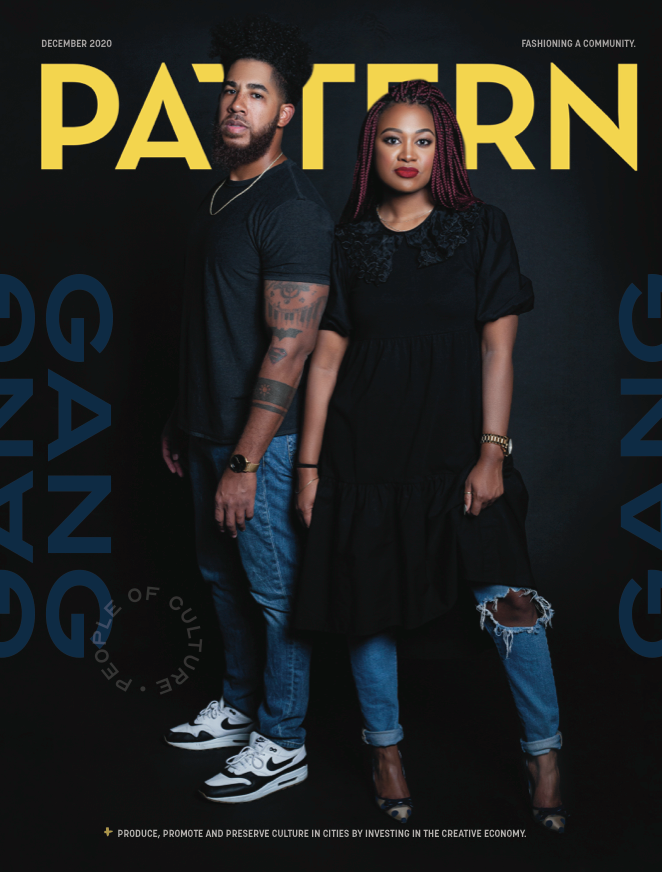
Polina Osherov: You guys have had such varied and interesting careers and it feels like everything that you’ve done up to this point has led up to you guys starting GANGGANG. Talk about that.
Malina Simone: My career has definitely been heavily in the arts and culture space, so I feel like this moment was made for me, because I can pull on so many different experiences to be able to say, “Yes, I do stand very boldly and clearly at the intersection of arts & culture, civic pride, and race.” I’ve always said those are my three buckets, and GANGGANG brings them all under one roof.
Alan Bacon: I haven’t done a lot professionally when it comes to the arts, but there’s my personal expertise and experience being a musician in the city. But having worked at Harrison College, a tech company and most recently at the United Way, I definitely have a wide range of experiences to bring to GANGGANG.
MS: Even before we met, we were often both in the same kinds of conversations. Then our paths crossed when IndyChamber asked us to create the Advance317 program…
AB:…the entire narrative of which was the creative economy. It was all about how music, art, food, and fashion impact economic development.
PO: Whatever happened to Advance317?
AB: It’s actually really successful and there was a great initial response to focusing on the creative economy, but that theme didn’t stick likely because Indy was still married to the idea of us being this mid-America sports capital of the world type market.
MS: Yeah, as a City we just couldn’t imagine backing the creative economy. We were still hanging onto the sports thing.
AB: And the sports thing was working.
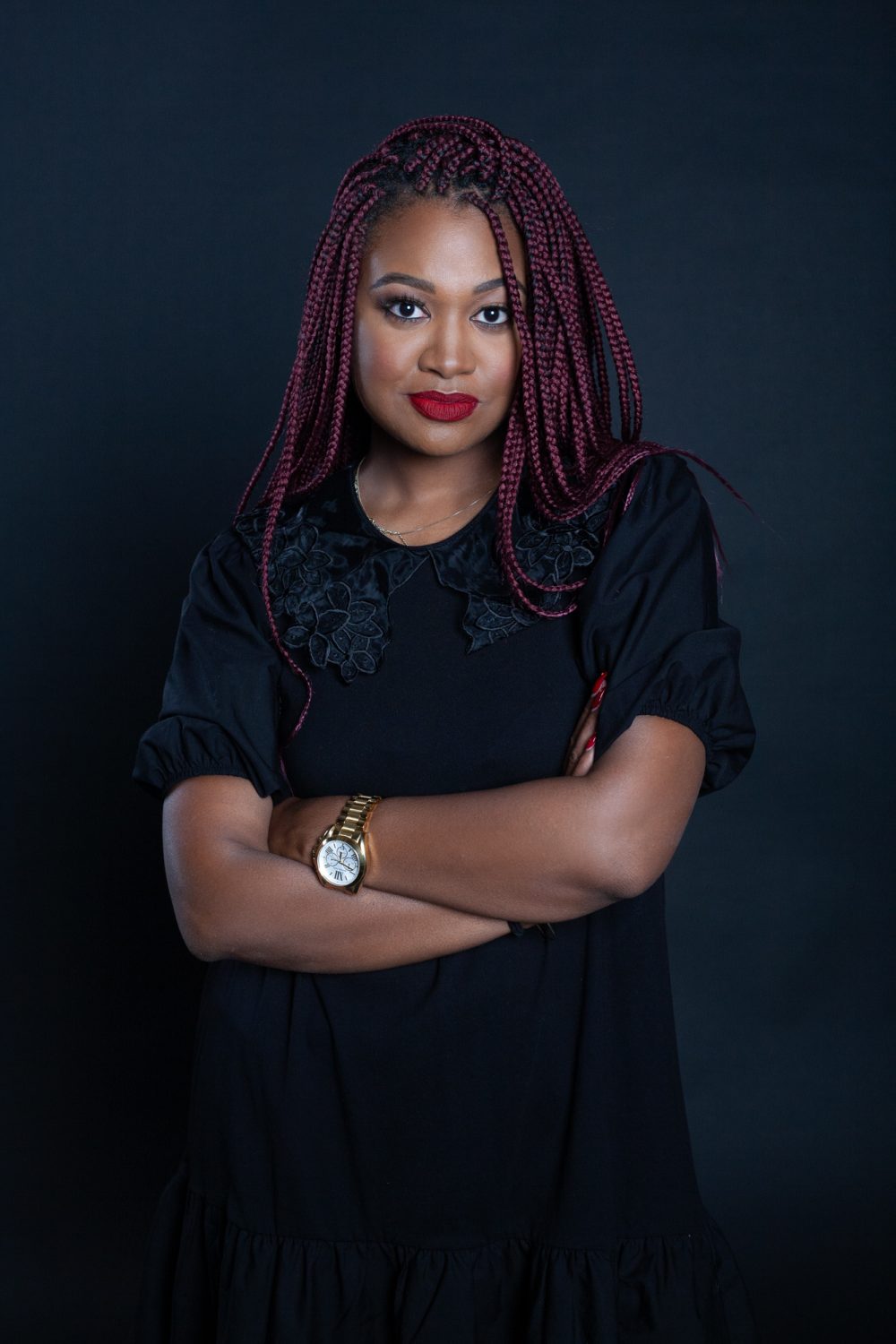
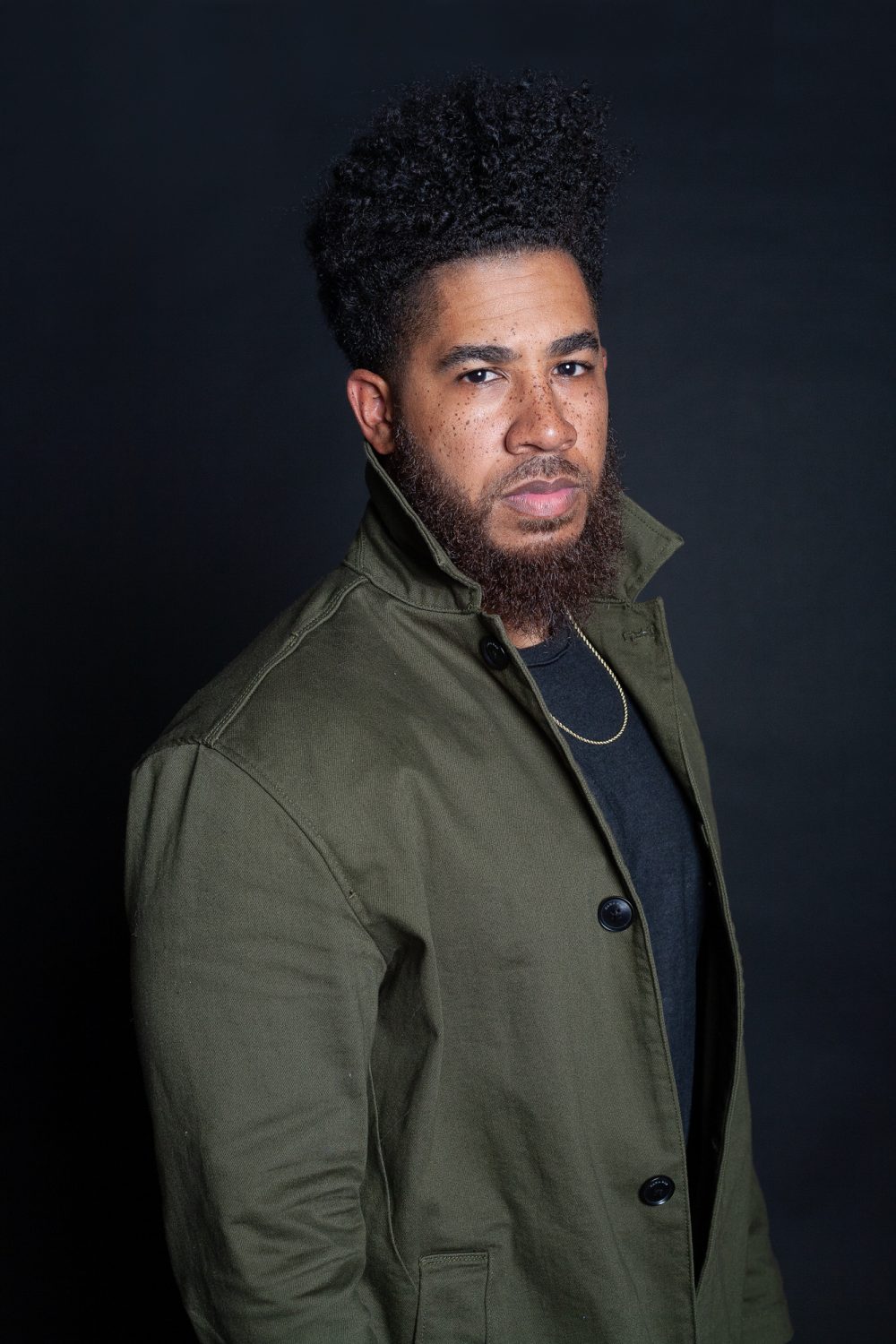
PO: You guys feel like that’s different in 2020?
AB: I think we’re less sports-centric as far as it being the main driver for the city’s narrative and brand.
MS: Yeah. Indy still loves sports, but we are open now to a new conversation. We can’t commit to the creative economy like the UN did, but we are interested in the conversations that it could bring up.
AB: I think we’re now more interested in what can happen if we invest in and amplify the creative economy especially as we’re in the middle of this global pandemic as well as racial and social civil rights movement. The big question for us is what are the pathways toward equity? What are the pathways towards a more inclusive environment when it comes to Indianapolis? And the creative economy is a great place to start because so many of this city’s creatives are black.
MS: And how can we be real about it? That was the driving question this summer: How can we do something that is real? How can we do something that’ll work, something that’s tangible, something that people wouldn’t see coming but that makes perfect sense.
AB: Amidst all this talk of division and what separates us, what is the thing that we can focus on as a City, as a people that actually brings humanity closer? And the answer is: culture. GANGGANG is out to produce, promote, and preserve culture and soften the racial divide that separates us by helping people understand how we’re all connected through food and music, art, design and architecture.
MS: There is no other industry that connects people more than culture, and so why are we not being more intentional about it?
PO: Do you see a lot of alignment between the creative economy, culture and race?
MS: We definitely see a lot of crossover between who we call “people of culture” and “people of color.”
AB: During Black History Month this year, Google used US-based Google Trends Data, between 2014 and 2019 to create a video called The Most Searched: A Celebration of Black History Makers. This is before the murder of George Floyd, and everything that followed, and the data shows very clearly how much Black culture dominates public interest. Yet black people and/or producers of culture aren’t…
MS: …the primary beneficiaries. Which is why with GANGGANG we really want to focus on how enhancing culture also allows the creation of pathways to give those actively participating in it a sustainable and real shot at equity. To your point: by focusing on culture we also inadvertently focus on Black people because Black culture is a big driver of American culture period.
AB: What is at the core of our mission is the knowledge that culture is an engine that can propel a city toward a more creative, vibrant atmosphere and enhance residents’ quality of life. Culture increases tourism, attracts talent, attracts businesses and conventions. There are so many benefits to having a vibrant culture including dispelling some of the racial tensions that we’re going through right now, because culture, particularly creative culture has a way of bringing people together. Things like fashion, music, art – these things tend to bring people together around a shared passion, and we need more of that, especially now.
MS: This sounds very lofty, but our ultimate goal here is to create a blueprint for ending racism. It’s a long way off, but we’re in a position to get the ball rolling today, and that’s what we’re going after. We want Indianapolis to become the most equitable city in the country!
PO: I love that. Actually, I agree wholeheartedly. I feel like equity can be the true essence of this city, because we’re so collaborative and have a higher level of civility as compared to many other places. We’re nicer! It’s funny to listen to people who move here from bigger cities, they’re always like, “Oh, people say hello and wave and smile. It’s weird, it’s like they actually care.” I think we’re perfectly set-up to do something extraordinary, but it will definitely take people in the seats of power to want to try something different.
AB: Yeah. We’re trying to get past, “here read this book about unconscious bias”, or “let’s hire a VP of diversity, inclusion and equity”, or “racism can only be fought from the top down,” – those things are important, but we want to do work at a grassroots level that’s organic, authentic and brings people together around things they are passionate about as opposed to it being required reading, or let’s do this because our bottom-line will suffer if we don’t. Ultimately, as a City, we’ve been talking about addressing racial inequities, it feels like, since forever. And there have been studies, and surveys, but we’re here to basically just Do it. There’s nothing left to talk about – we all know what needs to be done!
PO: What’s interesting to me as I’m listening to you guys talk is that you sound like you feel empowered by the city to do this work. Is that an accurate description of where you are mentally and emotionally and spiritually, like you’ve been given a mandate?
MS: Because of the experiences, jobs, people, mentors and organizations that I’ve encountered, it does feel a little like Indianapolis has carried me in some sense throughout my career. Indianapolis has gotten me to this point, and while no one person is saying, “Go out and do this thing,” I do in some ways feel like I’ve been placed in this time and place specifically to do this work.
AB: I agree. Our professional careers have taken us through different navigational points throughout the city, so maybe it’s less of a mandate, and more that we’ve gained the respect of the City and have a good amount of credibility and social capital individually. Then when the two of us combine that shit together, there’s all this energy.
PO: Yeah, you guys are totally the power couple of 2020. I think that’s what I’m going to dub you!
MS: Whoa!
AB: Wow! Thanks!
PO: For real though! This year you guys have been everywhere, and just busting your humps to lead the racial equity conversations, as well as doing cool shit like the Black Lives Matter street mural. It’s really inspiring!
MS: It’s been a really interesting year for us. To your point about feeling enabled to continue doing the work on a bigger scale, I feel like we were at “the table”, and then this year we realized we could create our own table. It’s like, “Wait, we have the power and we have the voice and we have the energy right now to create a new table, and you will have to come to us.”
AB: It was definitely the perfect storm of the pandemic and the civil rights movement to create this opportunity of being able to make our own table. Otherwise, I think 2020 would be a repeat of 2019 and we wouldn’t have gotten the opportunity to recognize what we really want to accomplish and to pursue it. There was a very small window of opportunity here. We saw it, and we went for it.
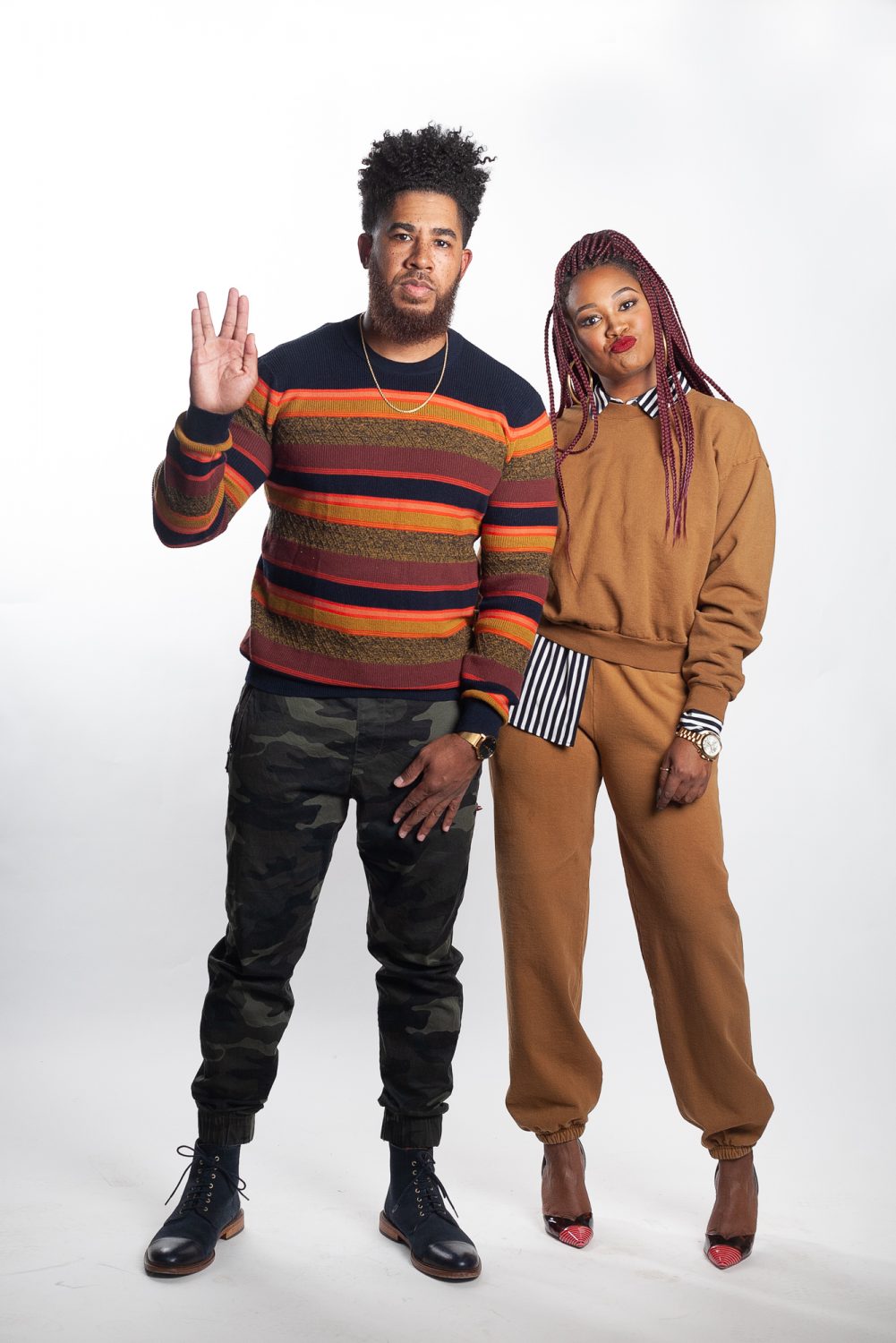
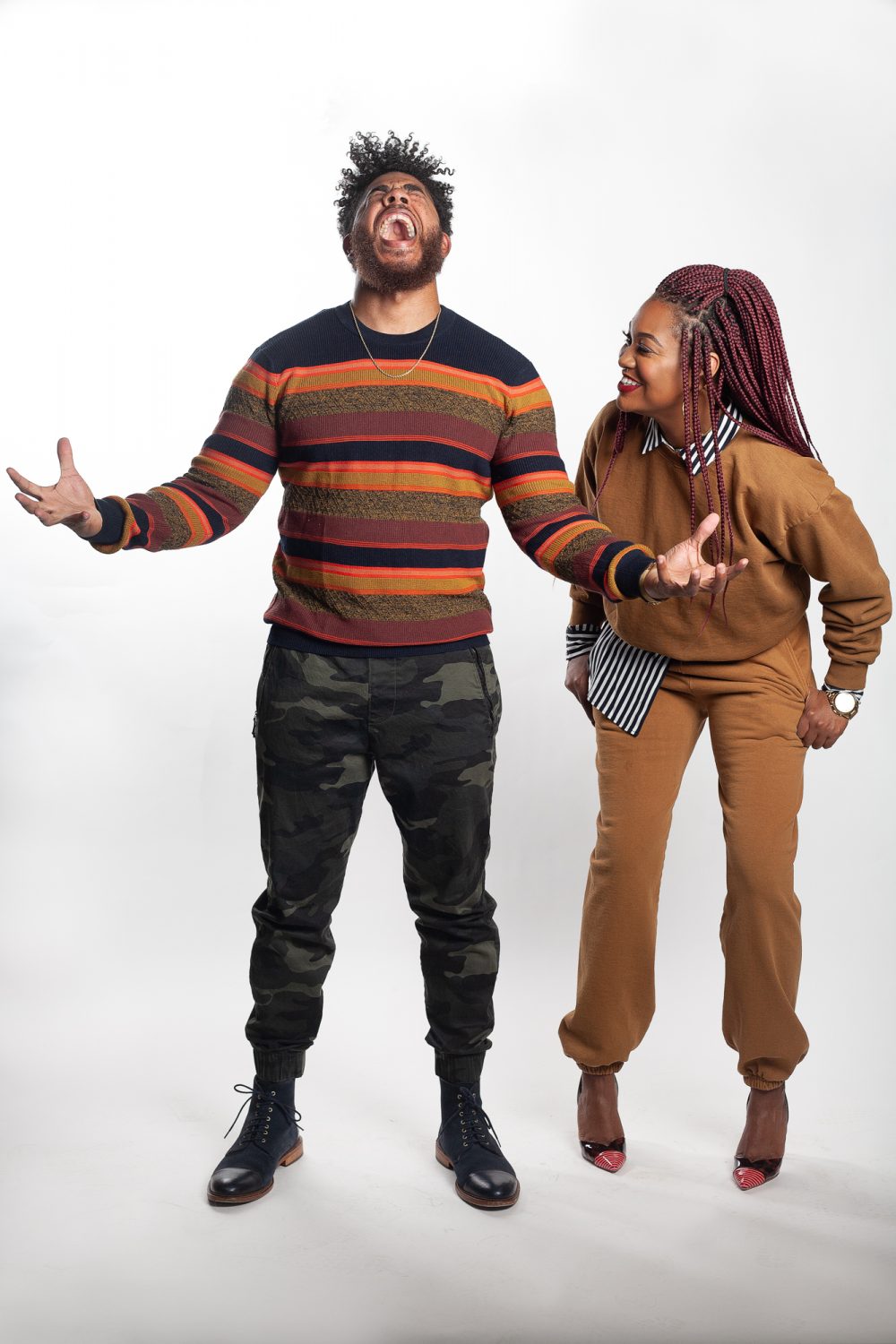
PO: Absolutely. Do you remember when you guys looked at each and you were like, “We need to do this thing?”
AB: Yeah, we remember the moment and the day.
MS: Yeah, it was that day when my friend Richard McCoy came over and we hung out on our porch for four hours, drinking and him basically giving me a kick in the pants saying, “You have to do something right now! This is your moment! The time is right to do something big!” And I was like, “yeah, okay, whatever,” drink, drink, drink. It was supposed to be mine and Alan’s date night, so Alan’s over there getting mad.
AB: Oh totally! We only have limited nights when it’s just us, so this was not supposed to be a Richard night. (laughs) Richard’s the homie. I love Richard, but still! After he left, Mali’s just kind of quiet obviously turning things over in her mind. I was like, “Babe, I’ve been telling you this same shit for the past six fucking months! Did you really just have to spend four hours with Richard??” So we’re just both sitting on the couch, kinda annoyed at each other and frustrated overall. There’s just a lot going on – career stuff, George Floyd, COVID. People are angry. Everyone’s exhausted including us.
MS: I’m sitting there thinking, “Okay, what if Richard was right? What if I did start something? What would I do, what could it be? If I was new to this city, if I had just moved here, what would I want my city to have? What would I expect to see?” Then I thought, “Well, something like a cultural startup would be cool. An organization doing interesting programming giving people a place to plug in and connect with one another.” So all of a sudden this “cultural startup” idea gives me major chills. I want to tell Alan, but we’re still annoyed with each other and more or less pouting on the couch, but I just HAVE to tell him you know? So I say, “What do you think about doing a cultural startup?” Then literally in that moment it was like lightning struck!
AB: I’m telling you we looked at each other…
MS: …and next thing you know notepads, papers and markers were flying everywhere. Total insanity! We charted out an entire new organization and everything it would do that same night.
AB: It was so hard (hard in a good way) because in a way we come from very different professional backgrounds, so I’m thinking for-profit, and Malina’s mind is thinking nonprofit. Then we just brought those things together. It was an explosion of ideas that we were able to meld together.
AB: So Richard left around 7pm, and it’s now midnight, and Malina says,…
MS: “I want to tell Brian Payne. Yep, I think this is the thing and I want to tell Brian.”
AB: I said, “Babe, it’s 12:00 in the morning! If we wake up in the morning and this idea is still this dope, tell him then.”
MS: I woke up at 6:30am as excited as the night before, but waited till 7:30a to reach out. (laughs) I sent him a note “Morning, Brian. We have the best idea ever. Can we please talk soon?” Five minutes later he calls, and he says, “Mali, I love a good idea on a Friday morning. What is it?” We convinced him that the idea was best shared in person, so he said, “Okay then. I can give you guys about 15 minutes today. Stop by my office later this morning.”
AB: So we met with him, shared our vision, and he pretty much told us “This could actually be the way forward to the new world.”
MS: Yeah, he said, “I just listened to a podcast where they described the time after this period as the “new world”. In the new world, cities are going to do just what you guys are talking about.” It was like he was looking off into the galaxy. He was like, “I just heard about this.”
PO: Wow! Incredible! And shout out to Brian Payne! It cannot be overstated how much impact he’s had on making this city culturally relevant. Without his, and by extension CICF’s support, so many dope things that have happened in Indy would not have happened. Speaking of support, I know you guys have been on a fundraising spree. Who are some of the early financial supporters of GANGGANG that you’d like to recognize?
AB: Well, definitely CICF. We made a formal pitch six weeks after that initial meeting with Brian, and three days later he said, “we will incubate GANGGANG as a path toward Indianapolis becoming the most equitable city in America.” Basically, they will be providing our backend for the next three years as we become more established and self-sustaining.
MS: After CICF, the Herbert Simon Family Foundation committed an investment. Then the Glick Fund.
AB: Those were our first three major funders prior to the launch.
MS: Fundraising efforts continue, but we are so thankful for our initial founding funders for their financial support, yes, but really because they got it. Right away, the leadership at these three entities just got it.
PO: I know you guys also have a VC investor which is great. I’m not sure why this is the case, but all investments in the creative economy in Indy seem to be funded solely by philanthropic dollars, even though a vibrant cultural and arts scene would directly benefit local corporate interests, and the City’s tax revenues. Any thoughts on what’s going on?
MS: We haven’t seen intentionality in treating culture as a real industry. Maybe there’s a level of impatience with how quickly those tax revenues and benefits could happen, and investing in a sure thing is the safer thing to do?
AB: If we could start treating “culture” as an industry the way we do tech and agriculture, and really commit to that, I think we’d see a lot of positive outcomes as we discussed earlier – growth in tourism, attracting and retaining talent, growth in population density, and of course increased tax revenues. Those are just the tangible things. Then there’s the non-tangible things like quality of life, and the “stickiness” that everyone talks about. And for us, we fully expect to see investment in culture lead to a more equitable way of life for not just Black creatives, but all people living in this city.
MS: Yeah, we’d be less racist and more weird. The City would become so much more interesting!
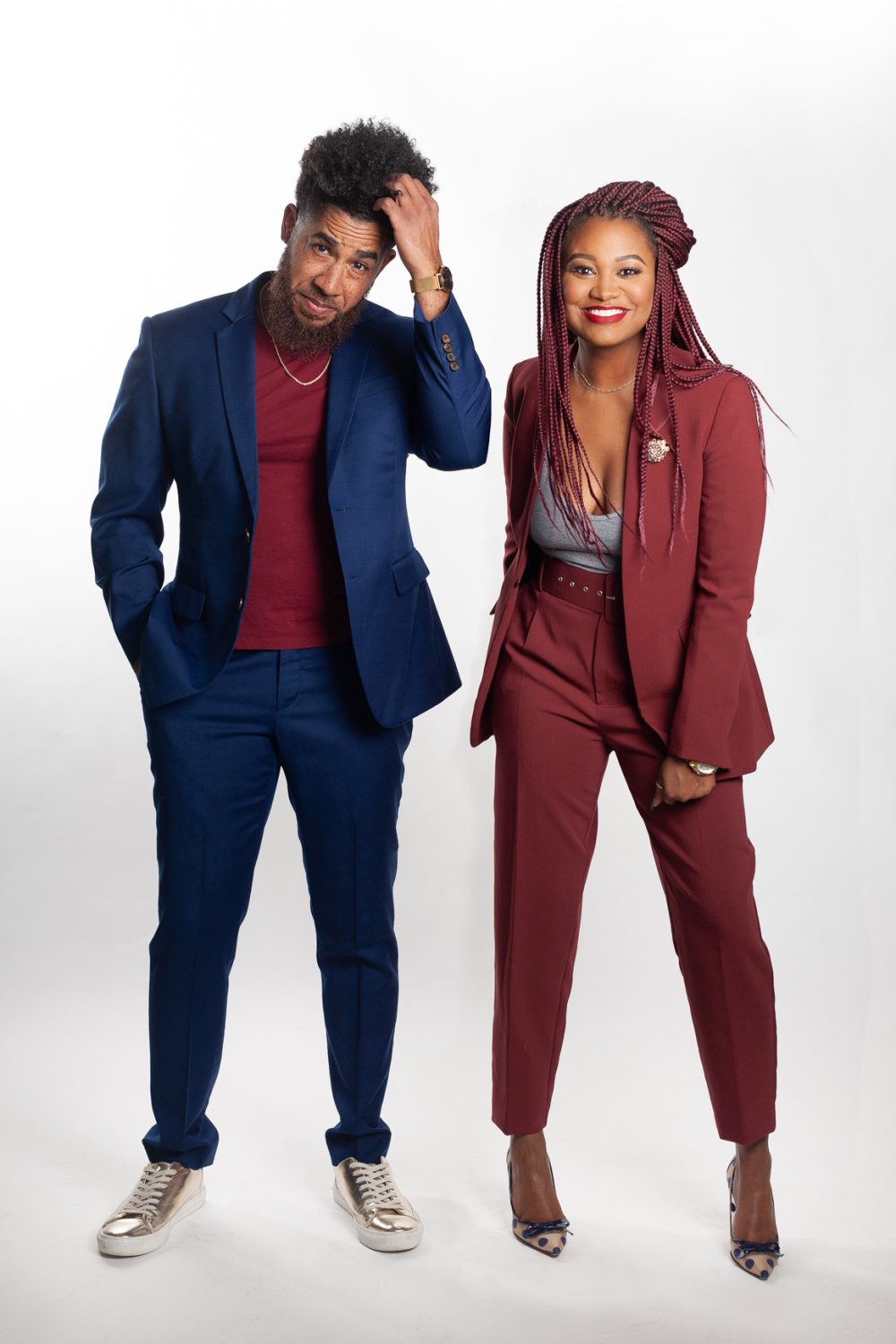
PO: What are your top three things that you want to achieve in the next six to twelve months?
MS: You heard it here first, next summer we’ll host our first signature event, a Black art show…
AB: To be able to say that we’ve raised over a million dollars for culture…
MS: And for GANGGANG to be recognized as the entity leveraging culture to fuel incredible projects and a more incredible Indy five and ten years from now.
PO: What’s the biggest challenge you have to overcome in the coming months as you pursue your goals?
AB: The biggest challenge is whether we (Indianapolis) will actually put the level of attention and investment into the creative economy and do what’s needed to get culture to scale. Can we shift our current focus on tech, advanced manufacturing, life sciences and being the amateur sports capital of the world to include supporting culture and by extension the creative economy? That is a very hard pill for some City leaders to swallow, because that’s just not been our thing, and it maybe just looks a bit frivolous on paper? Historically Indianapolis is not known for its creators – even though there have been plenty of outstanding examples. So we’re (GANGGANG) trying to change the entire idea of what the Indianapolis brand can look like, and that’s a big lift, which is why we need as many other organizations and people working in this space to come together with us to make it go.
PO: What are some things that people can do to make sure that the conversation about the importance of culture for our entire city stays at the forefront?
AB: This is not a new thing, but people need to do a better job of supporting “local” culture. It’s talked about a lot, but needs to be more widely adopted.
MS: People also need to become more active in recognizing and celebrating culture on a daily basis. It’s literally all around us to the point that we may just not notice. But if it was taken away, we’d see very quickly how much richer culture makes our city. And our weekends. Our dinner tables and our favorite destinations. I want people to recognize it and then I’ll ask what we’re doing to keep it.
PO: Many cities that have robust creative economies have implemented a Cultural Master Plan that has guided their investments in the creative industries. Are you guys thinking about driving the creation of a cultural master plan at all?
MS: We’re toying with it. We’ve had a conversation with a couple of local arts orgs about it. It makes sense to have one, but at the same time, why don’t we just get to it? Why don’t we just do the work that we know that the plan is going to tell us to do? Look at the plans out of Nashville or Austin, or Milwaukee – about 90% of what the plans propose can be carried over to Indianapolis. In a lot of ways we’re no different that these other places – the trouble is having the resources to implement all the recommendations and strategies.
AB: Additionally, having a Master Plan does not necessarily guarantee that it will be implemented and Indy has been planned-out for years now. What we want to do – and have to do – is the studying and researching on how cities have been intentional in upping their cultural bar. We’re going to take notes and then implement, for sure. Do we want to spend time writing a 100-page manifesto on what *could* happen or just make the stuff happen? We shall see.
MS: And to be clear, we aren’t going to be the first ones stepping in to do this work, but we think Indy needs an organization that will bring together all the other players in the space understanding that together we can all make a much bigger impact than going at it alone.
PO: I agree 100% that all the groups that identify with this vision of building culture should be working shoulder-to-shoulder. After 10 years in this space, I can say with good confidence that short of grassroots efforts receiving a meaningful infusion of capital to do our work, aka millions of dollars, it really will come down to all of us banding together and demanding to be heard.
AB: We see that too, and agree. GANGGANG wants to position the creative economy to be necessary and undeniable so that we – the collective we – no longer have to make those demands. 2021 is going to be a big year! Stay tuned!
PO: Thanks guys! Super excited to see everything you’ll be working on in the coming months! Lots to be done!
